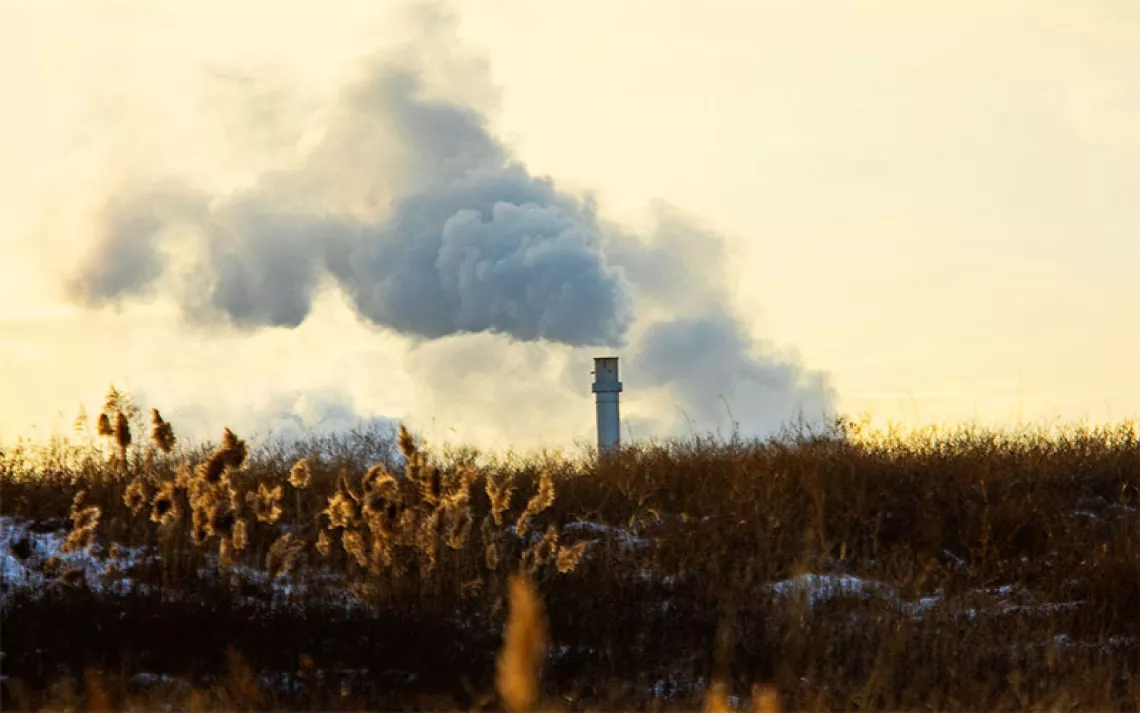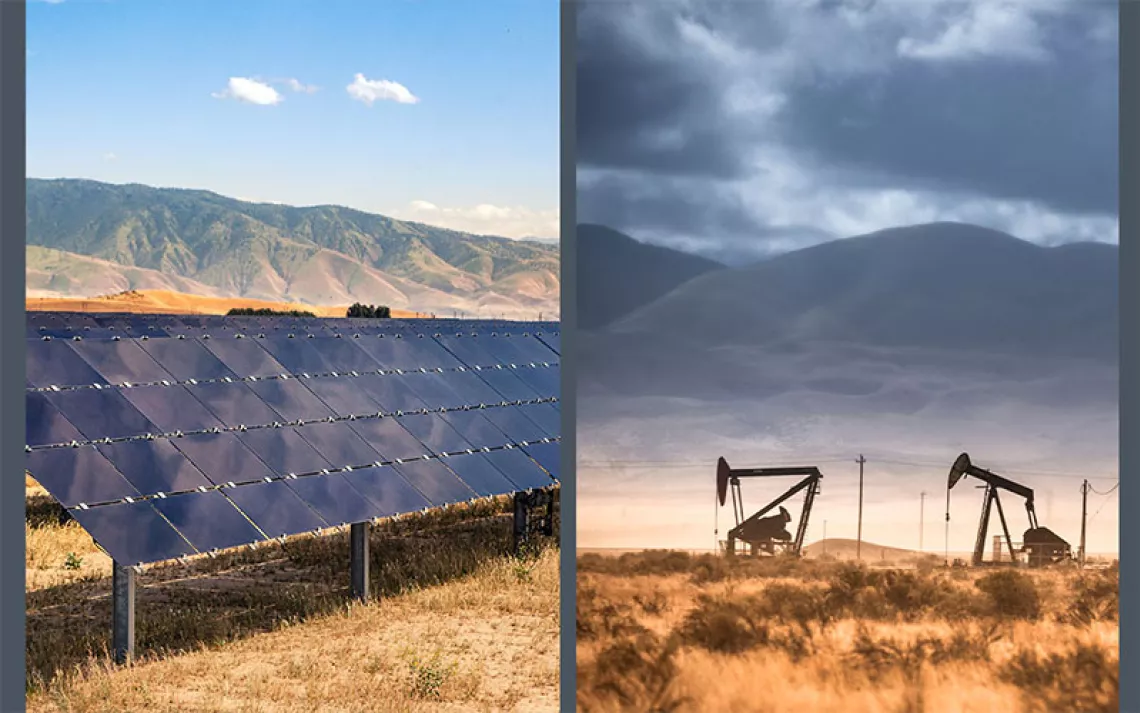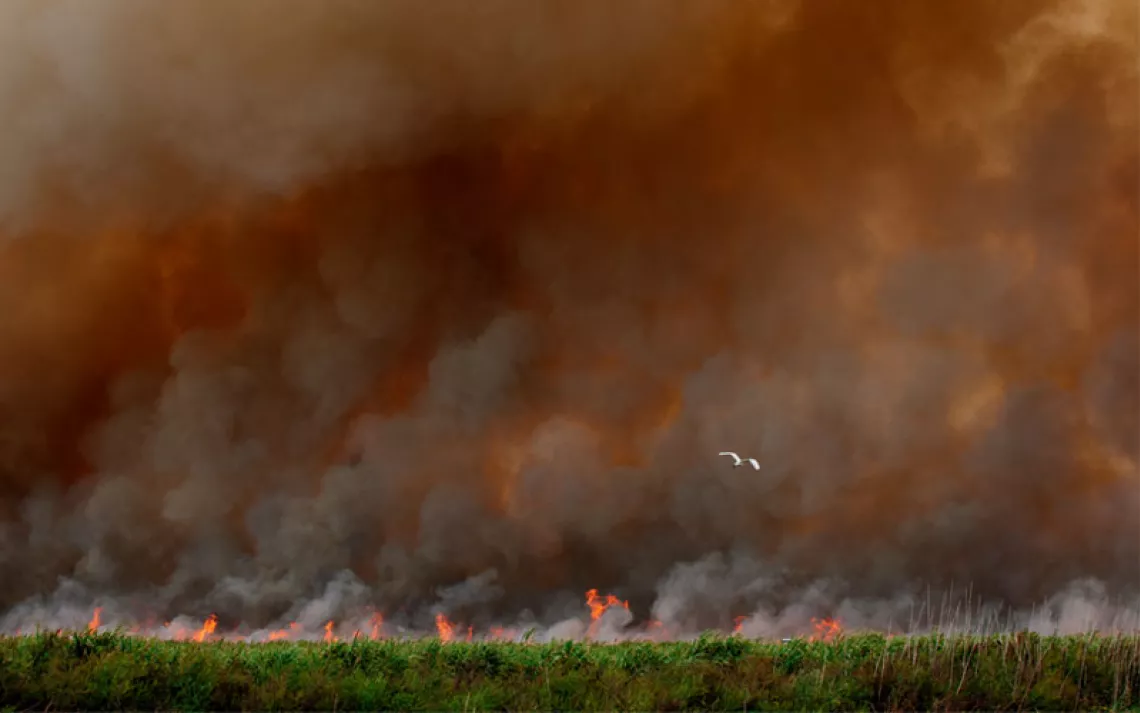Airpocalypse Now
"Choked" is a globe-trotting tour of air pollution and its toll on public health

At a brick kiln near Delhi, India, environmental journalist Beth Gardiner watches hundreds of workers and their children scratch out a living in the hot sun, producing 2,000 construction bricks a day while breathing in dirty, unfiltered smoke. Millions more toil at the 150,000 other kilns around India, which contribute as much as 10 percent of the country's air pollution.
The scene is just one of many heartbreakers in Gardiner's Choked: Life and Breath in the Age of Air Pollution (University of Chicago Press, 2019), a global survey of this environmental hazard and its human victims. "Few of us realize that the air our kids breathe—the air we've chosen to expose them to, or that has been chosen for us, by circumstances of jobs, of money, of family obligations, that dictate where we live—may also be shaping their futures," she writes.
Only 5 percent of the world's population breathes clean air, with pollution from sources like tailpipe emissions, coal-fired power plants, and Big Ag responsible for one out of every nine deaths. Gardiner travels from London's diesel-choked streets to coal-dependent Poland and the methane-shrouded San Joaquin Valley in California to highlight the human toll behind the statistics. In Los Angeles, for example, the pioneering Children's Health Study found that for every 100 children exposed to the most polluted air, at least six will develop health problems such as leukemia and asthma.
Gardiner finds hope in cities like Berlin, where car-ownership rates are down, public transit is readily available, and the bicycle rules the road. "This is not an insoluble puzzle," she writes, "a problem to which we must resign ourselves. We know how to fix it."
This article appeared in the May/June 2019 edition with the headline "Airpocalypse Now."
 The Magazine of The Sierra Club
The Magazine of The Sierra Club



